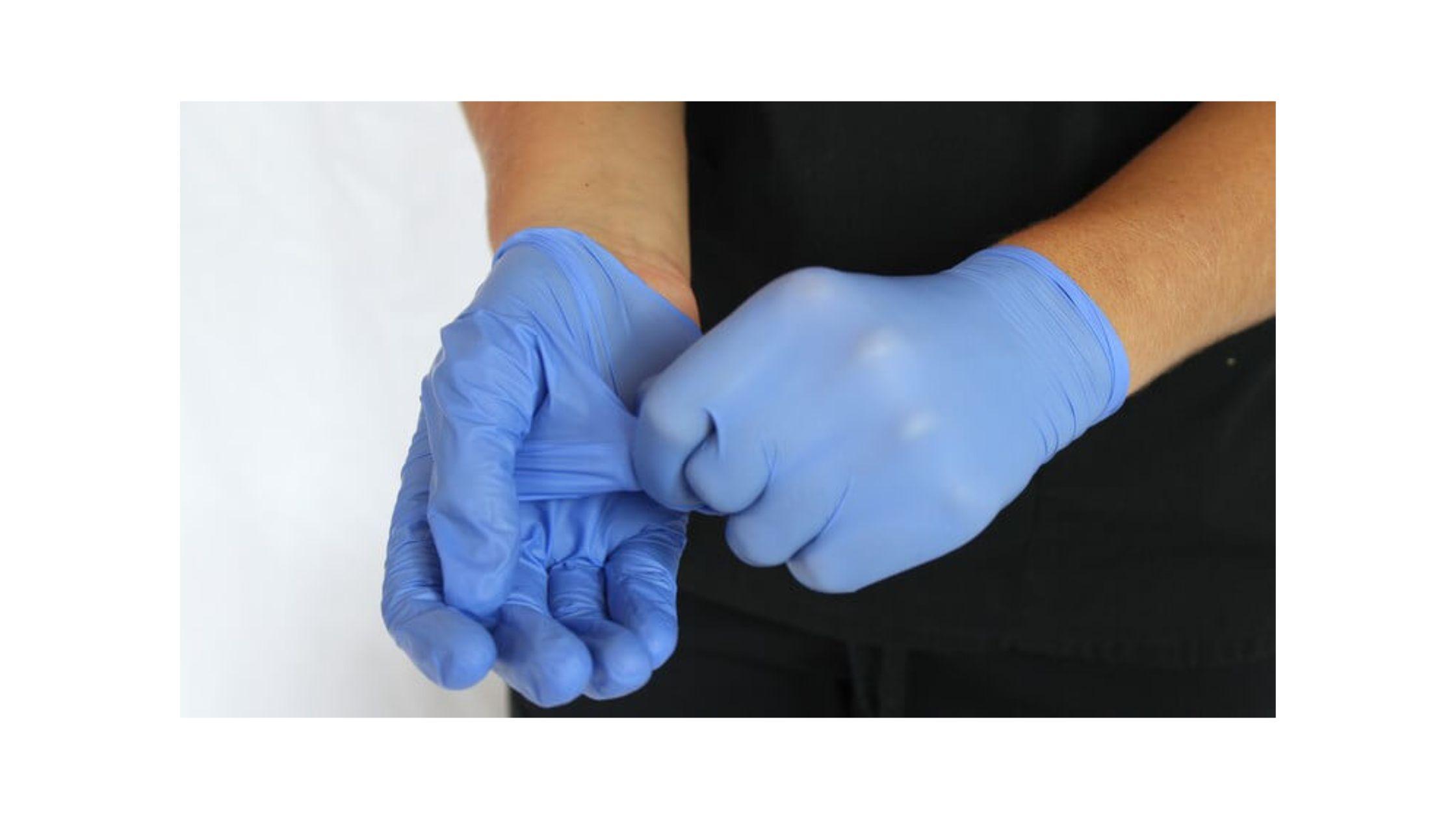What are Blood-Borne Pathogens and Why Should You Care?

Blood-borne pathogens are microscopic organisms like viruses and bacteria that are carried in blood and can cause disease in humans. Despite their tiny size, these pathogens pose significant risks to human health and safety. In this article, we will delve into what blood-borne pathogens are, the diseases they can cause, and why blood pathogen training is crucial.
What Are Blood-Borne Pathogens?
Blood-borne pathogens encompass a variety of infectious microorganisms, including hepatitis B (HBV), hepatitis C (HCV), and human immunodeficiency virus (HIV). These pathogens are typically transmitted through contact with infected blood or other bodily fluids. They can enter the body through open wounds, mucous membranes or by puncturing the skin with contaminated objects such as needles or sharp instruments.
The Diseases They Cause
Hepatitis B, hepatitis C, and HIV are among the most common blood-borne diseases. Hepatitis B and C can lead to liver inflammation, cirrhosis, and even liver cancer if left untreated. HIV attacks the immune system, weakening the body's ability to fight off infections and diseases, eventually leading to acquired immunodeficiency syndrome (AIDS).
Why Should You Care?
-
Health Risks: Blood-borne pathogens pose serious health risks to individuals who come into contact with them. Exposure to infected blood can result in life-threatening illnesses that may have long-term consequences for health and well-being.
-
Occupational Safety: Workers in certain professions, such as healthcare, emergency response, and sanitation, are at a higher risk of exposure to blood-borne pathogens. Understanding and implementing proper safety precautions is essential to protecting oneself and others from infection.
-
Community Health: Blood-borne pathogens not only affect individuals but also impact communities at large. The spread of infectious diseases can have far-reaching consequences, including outbreaks and public health emergencies.
-
Legal and Ethical Responsibilities: Employers must provide a safe working environment for their employees. This includes implementing protocols for preventing and managing exposure to blood-borne pathogens.
-
Prevention Is Key: Knowledge is power when it comes to preventing the transmission of blood-borne pathogens. By understanding how these pathogens are spread and implementing appropriate preventive measures, individuals can reduce their risk of infection.
How to Protect Yourself?
-
Universal Precautions: Adopting universal precautions involves treating all blood and bodily fluids as potentially infectious. This includes wearing appropriate personal protective equipment (PPE), such as gloves, masks, and goggles when handling blood or performing procedures with the potential for exposure.
-
Safe Handling and Disposal: Proper handling and disposal of contaminated materials are essential for preventing the spread of blood-borne pathogens. Sharps should be disposed of in puncture-resistant containers, and spills should be cleaned up promptly using disinfectants.
-
Vaccination: Vaccination is available for hepatitis B and is highly recommended for individuals at risk of exposure to blood-borne pathogens. Vaccination not only protects the individual but also helps prevent the spread of disease within the community.
-
Education and Training: comprehensive blood pathogen training on blood-borne pathogens is essential for raising awareness and promoting safe practices in the workplace. Training should cover topics such as risk assessment, prevention strategies, and proper response to exposure incidents.
Taking Action!
Blood-borne pathogens are a significant concern for public health and safety. Understanding these pathogens, the diseases they can cause, and why it's essential to care about them is the first step in protecting oneself and others from infection. By implementing preventive measures like blood pathogen training, staying informed, and taking action to mitigate risks, individuals can contribute to a safer and healthier environment for all.
- Art
- Causes
- Crafts
- Dance
- Drinks
- Film
- Fitness
- Food
- Игры
- Gardening
- Health
- Главная
- Literature
- Music
- Networking
- Другое
- Party
- Religion
- Shopping
- Sports
- Theater
- Wellness
- IT, Cloud, Software and Technology


